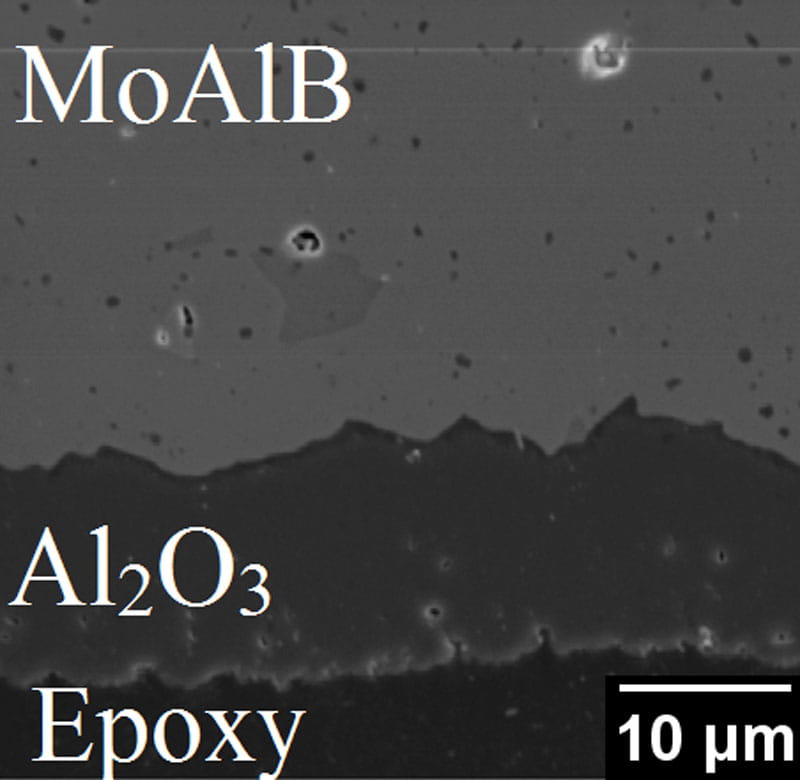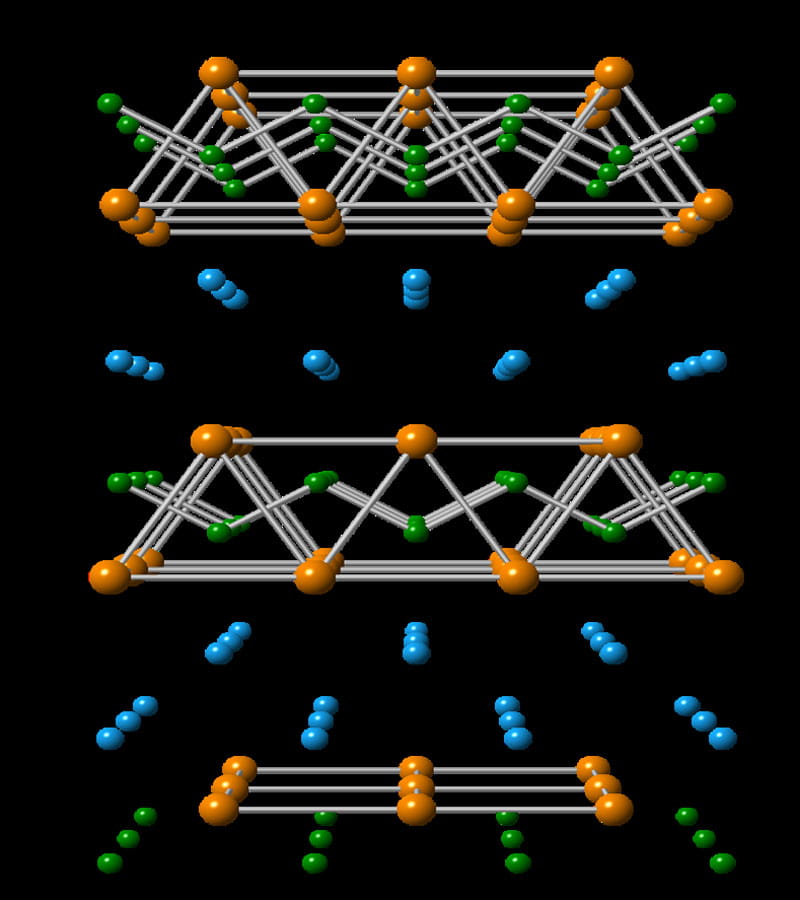Making Some of the World's Most Durable Materials Corrosion-Resistant

- Drexel Environmental Collaboratory Releases Cross-Sector Findings on Severe Weather Recovery Challenges
- Drexel Launches the Manuel Stamatakis Center for Alternative Investments at the LeBow College of Business
- How and When Could AI Be Used in Emergency Medicine?
- Faculty Highlights: Recent Awards and Grants

Borides are hard, heat-resistant materials, often used for coating structures that will have to withstand high temperatures and high-pressure environments. But even the best borides are susceptible to oxidation — the chemical reaction that causes corrosion and rusting.
Borides are among the hardest and most heat-resistant substances on the planet, but their Achilles’ Heel, like so many materials’, is that they oxidize at high temperatures. Oxidation is the chemical reaction commonly known as corrosion or rusting — it can signal the end for a material’s structural integrity. But researchers from Drexel University, Linkoping University in Sweden and Imperial College London have produced an aluminum-layered boride whose unique behavior at high temperatures keeps it one step ahead of nature’s slow march toward high- temperature chemical degradation.
So impressive is their perceived durability, that borides are used as coatings for surfaces that must survive the harshest environments — from the inside of combustion engines to cutting tools for hard metals. But, according to Michel Barsoum, PhD, distinguished professor in Drexel’s College of Engineering who is the lead author of research recently published in Scientific Reports, we can make borides better.

“This discovery is quite significant because it is the first example in the history of mankind of a transition metal boride that is quite oxidation resistant,” said Barsoum, who heads Drexel’s MAX/MXene Research Group in the Department of Materials Science and Engineering.
To make their boride material, called molybdenum aluminum boride (MoAlB), Barsoum and his team combined a molybdenum-boron lattice with a double layer of aluminum to produce a material that is durable enough to resist oxidation at extremely high temperatures. The key to this remarkable characteristic is the material’s nanolaminated structure with alternating layers of molybdenum boride and aluminum — a form the Drexel group has established a reputation for working with since its creation of MAX phases two decades ago.
“This resistance to oxidation is possible because of the presence of aluminum in layers between molybdenum and boron layers,” Barsoum said. “When heated to high temperatures in air the aluminum atoms selectively diffuse to the surface and react with oxygen — forming a surface aluminum oxide, or alumina, protective layer that slows down further oxidation considerably. So the material forms its own protective coating.”

Upon testing, the group also found that the material retains its high conductivity to elevated temperatures. Its melting point has yet to be determined, but preliminary results have shown it to be greater than 1400 degrees Celsius. Barsoum speculates that because of these promising results, his team’s work has now laid the foundation for the development of ultrahigh melting point borides that are also oxidation resistant.
“Now we know we’re looking in the right place to make materials with this impressive set of properties,” said Sankalp Kota, a doctoral student in Barsoum’s research group and the paper’s first author. “Most people were trying to make the binary borides — materials with two elements — oxidation resistant by adding other phases and coatings. One reason we have been this successful at making materials with interesting properties has to do with the number of elements one starts with. With only two elements, it is difficult; with three or higher, the chance of producing a material with a new combination of properties is greater.”
In This Article
Contact
Drexel News is produced by
University Marketing and Communications.